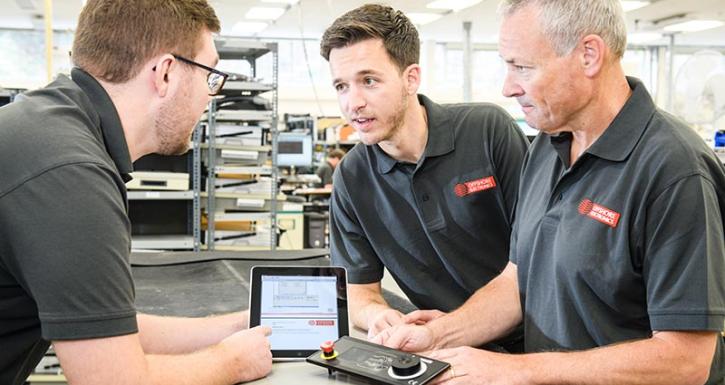Design for Manufacturing: Why it’s important
10th September 2020
Thinking about manufacturing and assembly earlier in the design process leads to better, more profitable products. But when faced with a complex problem, it is natural to focus first on function. You look to find a solution to meet operational requirements, then worry about hitting manufacturing cost targets.
Too often this approach can lead to sub-optimal solutions - products that are expensive or difficult to manufacture are less profitable. In the worst cases, they may fail altogether.
With so much at stake in the design and manufacturing of printed circuit boards (PCBs), it is important to implement production with maximum efficiency. Here is where the concept known as design for manufacturing (DFM) comes into effect.
What is design for manufacturing?
Design for manufacturing is the process of designing parts, components or products for ease of manufacturing with an end goal of making a better product at a lower cost. This is done by simplifying, optimising and refining the product design.
What is the purpose of design for manufacturing?
With DFM engineering, specialists from all stages work together at every step of the process. A combined team is formed with engineers from each department - design, development and production - to give input and feedback in real time as the product is being developed and tested.
This concept helps companies to catch design flaws almost immediately and rectify them, saving not only money but time. This happens long before the manufacturing team starts production. Mistakes that could lead to costly halts in production can also be eliminated, thanks to the co-operation of engineers.
There are numerous benefits associated with DFM including:
Lower end-product costs
Reduced development costs
Shorter design and development cycle
Ability to use common parts creating economies of scale
To truly benefit from each of these, a quality contract manufacturer should check and double check as they prepare to manufacture your PCB. There are a lot of steps and processes involved in PCB assembly. This will ensure that your board doesn’t include any DFM issues that could cause problems at a later stage.
Potential DFM problems and how they are resolved
Design engineers are responsible for reviewing the parts on the board and the design for its functional performance. Here recommendations will be made for board materials and component placement will also be examined. At the same time, manufacturing engineers will review your board for assembly and test issues that could impact manufacturing.
Some of the items they are looking for include:
Component spacing: If your parts are too close together, this could cause problems for automated pick-and-place machines, making assembly more difficult. You also need to think about connectors; if they are positioned incorrectly, they can make intra-system cabling difficult to work with.
Component location: For leaded components how you position them could affect the soldering of the board. Think about the large parts that precede smaller parts through the wave as these can shadow those parts. Components positioned like this require extra processes as there is potential for bad solder joints.
Board layout: Components on both sides of a PCB can increase the cost of the manufacturing process as it adds more processes for the manufacturer. It’s recommended that, where possible, all components are on one side, this in turn will reduce process complexity and cost.
Acid traps: Angled traces at acute angles can cause problems when cleaning etching chemicals off the board. Those traces can result in a narrower trace width than required.
Ask the experts
Early input from experts can be invaluable in assessing the viability of different manufacturing approaches. Specialists can often suggest design changes that will reduce cost or improve quality in the final design. Few companies today have internal expertise across a full range of manufacturing technologies, which is why contract manufacturers are playing an increasingly important role in these early stage discussions.
If you are looking for a contract manufacturer that prides itself on its care and attention to detail look no further than Offshore Electronics. We have more than 25 years of experience helping customers to find success.
To find out how we can help you with your next contract electronics manufacturing project please contact [email protected]

